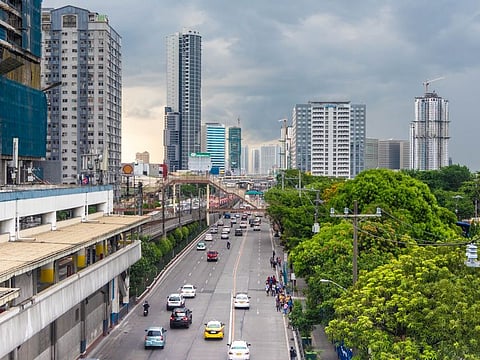Philippines has three times faster fixed internet than the average in lower income group: Study
Average fixed-line internet speed of 119 Mbps, among highest in lower-income nations

Manila: The average time people work to afford the cheapest internet in lower-income countries is up to four times higher than in wealthier countries. Lower-income countries also have, on average, a three times slower internet connection.
However, higher income does not necessarily mean that the country has affordable, high-quality internet. In the Philippines, the retail internet concept of "Piso WiFi" has greatly enhanced access to high-speed fibre-to-the-home (FTTH) networks especially in rural areas.
No, not every Filipino home has fibre. But nearly every "sari-sari" store (small, neighbourhood sundry store) has a "Piso WiFi" box, an innovative internet vendo machine allowing retail web access for as little as 5 pesos ($0.088) per hour.
These glow-in-the-night boxes, fitted with bright LED lights, have become ubiquitous especially in the countrysides, and ties in nicely with the Filipino "tingi" (retail) culture.
One result is that the quality of e-infrastructure, even in remote geographical regions, has remarkably improved. This factor, might have an even more significant impact in terms of overall digital well-being, a study shows.
It turns out that the Philippines, a lower income country, has now three times faster fixed internet (119 Mbps) than the average in the lower income group, cybersecurity company Surfshark’s study revealed.
Bridging digital divide
“The lack of affordable high-speed internet has a massive impact on people’s social, educational, and professional opportunities. Bridging the digital divide between wealthy and less affluent nations could help fight global inequality in a much broader sense. Monitoring the global tendencies of the internet divide helps to grasp the scope of this issue and pushes to look for solutions”, says Surfshark's spokeswoman Gabriele Racaityte-Krasauske.
The company's 2023 Digital Quality of Life (DWL) Index studied on the digital wellbeing across 121 countries, representing 92 per cent of the global population. The study indexes each country according to five pillars that impact a population's digital quality of life.
Explaining its methodology, the cybersecurity firm analysed internet inequality by averaging values across two DQL indicators: internet speed and time to work to afford it in respect to countries’ economic wellbeing (income level).
Dramatic jump in speed
Internet service has seen dramatic improvements in the Asian country — a five-fold increase in average internet speed since 2016 has been noted. The opening up of much of the economy, including utilities, to 100 per cent foreign ownership, has seen a huge jump in investments in communication infrastructure, as local carriers scampered to keep their market share.
Moreover, the availability of satellite-based broadband internet, such as the Starlink, has provided immediate connectitivty in the country's remote islands to the rest of the world, proving the service extremely useful in times of natural calamities.
In some of the farthest corners of the country, ‘Piso WiFi’ access (a retail internet concept) is common, usually provided by a neighbourhood “sari-sari” (variety or sundry) store, which also offers options to top-up daily/weekly/monthly wireless internet data services.
Speed tests show the Philippines has seen marked improvements in global internet access rankings, both in upload and download segments. This has led to a reported 5,000 per cent jump in digital cash transactions.
GCash, a leading e-wallet platform in the Philippines, with about 7.5 billion pesos in daily gross transaction value, recorded a jump from 1 trillion pesos ($20.8 billion) in transactions in 2020 to 3 trillion pesos ($60 billion) in 2023, with 66 million users,
Now, a scan of a GCash QR code is all it takes to buy food, groceries, pay for cabs, clothes, etc. There’s room to grow: an estimated 6 million micro-enterprises operate in the country, according to official government estimates.
Its rival, PayMaya QR (rebranded last year as :Maya"), has enabled small retailers to accept cashless payments from customers – promoting safer and more convenient transactions. It processed 1.4 trillion pesos worth of transactions in 2021, exceeding its P1 trillion target two years ahead of initial target.
Sign up for the Daily Briefing
Get the latest news and updates straight to your inbox







